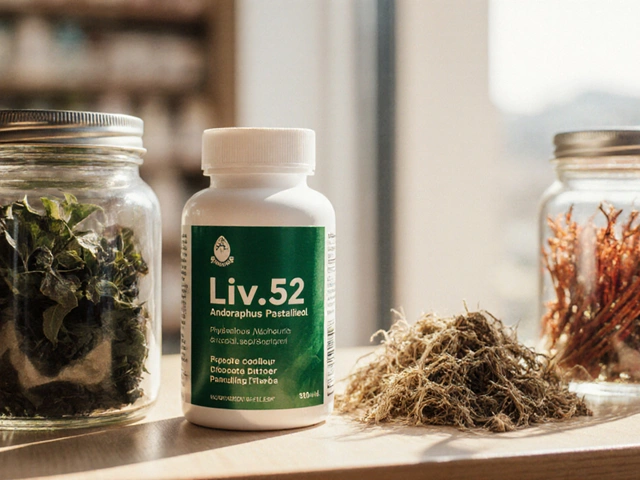Muscle Relaxers: What They Do, How to Use Them Safely, and Where to Find Cheap Options
If you’ve ever had a tight back, a cramping leg, or a spasm after a workout, you know how painful those muscles can get. A muscle relaxer is a pill or a liquid that helps the muscle stay loose so you can move without that sharp pain. They’re not a miracle cure, but when used right, they can make a big difference in everyday life.
First off, muscle relaxers are different from painkillers. While ibuprofen or acetaminophen target the pain itself, muscle relaxers act on the nerves that tell the muscles to tighten up. This means they can calm a spasm without dulling your whole body. Common names you’ll see on a prescription include cyclobenzaprine, methocarbamol, and tizanidine. Each one works a bit differently, but the goal is the same: stop the muscle from staying contracted.
How Muscle Relaxers Work
Think of a muscle like a rubber band. When you pull it, it snaps back. In a spasm, the rubber band gets stuck in the pulled position. Muscle relaxers send a signal to the nerves that say, “Hey, it’s okay to relax now.” Most of them affect the central nervous system, so you might feel a little drowsy. That’s normal, and it’s why doctors usually tell you not to drive or operate heavy machinery while you’re on them.
Typical dosing starts low. For example, cyclobenzaprine often begins at 5 mg three times a day, and you may increase to 10 mg if you tolerate it well. The key is to follow the doctor’s instructions and never double‑dose to get faster relief. If you miss a dose, just take the next one at the regular time—don’t try to make up the missed pill.
Side effects can include dry mouth, dizziness, or a bit of nausea. Most of these fade after a few days as your body gets used to the medication. If anything feels severe—like a fast heartbeat or trouble breathing—stop the drug and call your doctor right away.
Saving Money on Muscle Relaxers
Muscle relaxers can add up, especially if you need them for a few weeks. The good news is there are ways to keep the cost down without risking your health. Start by checking if a generic version is available. Generic cyclobenzaprine, for instance, is often half the price of the brand name.
Many Australian pharmacies offer a PBS (Pharmaceutical Benefits Scheme) subsidy for approved prescriptions. If your doctor writes a PBS‑eligible script, you’ll only pay a fraction of the retail price. It’s worth asking your prescriber whether the medication qualifies.
Online pharmacies can be another bargain, but you need to be careful. Look for sites that require a valid prescription, have clear contact info, and are listed on the Australian Health Practitioner Regulation Agency (AHPRA) site. Reading reviews from other buyers can help you avoid scams.
Finally, combine the medication with non‑drug strategies. Gentle stretching, heat packs, and staying hydrated can reduce the number of pills you need. A short physiotherapy session once a week often cuts the overall dosage by half.
Bottom line: muscle relaxers are useful tools for short‑term relief of spasms, but they work best when you use the right dose, watch for side effects, and pair them with simple home care. By choosing generic options, checking PBS eligibility, and buying from reputable online pharmacies, you can keep the price low and stay healthy. Got more questions? Check out our other guides on related meds, like how to buy generic Depakote online or safe tips for ordering tramadol in Australia. They’ll give you extra tips on saving money while staying safe.

Cyclobenzaprine Alternatives in 2025: Exploring Your Options
Cyclobenzaprine, widely used for muscle relaxation, has significant alternatives in 2025. This article explores various options like Methocarbamol, highlighting their pros and cons. It helps readers understand which alternatives might work best for their needs. Each alternative is described in terms of effectiveness, side effects, and suitability for different conditions.




